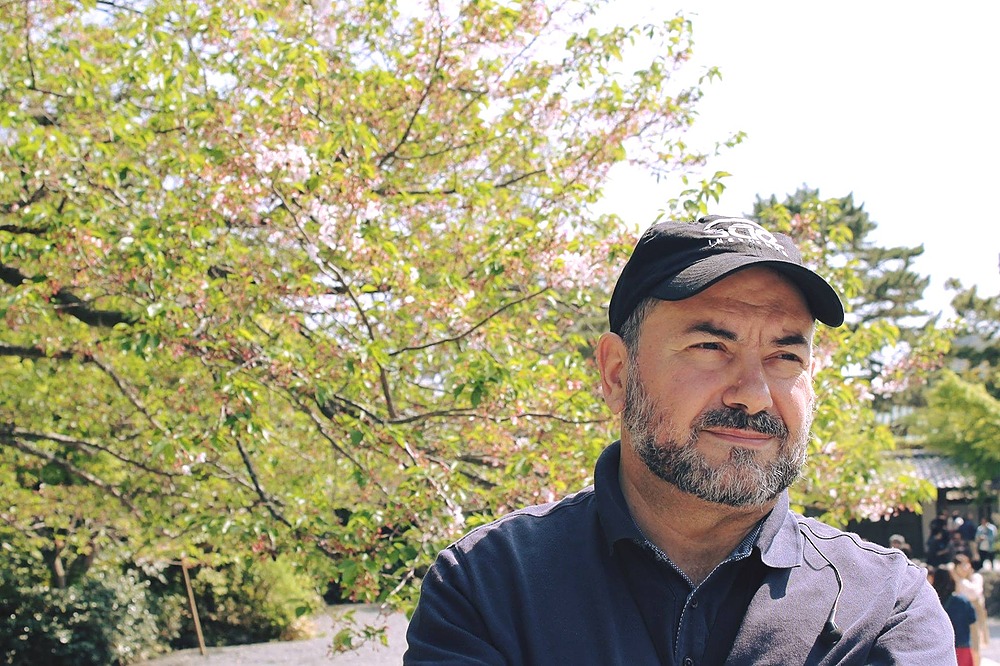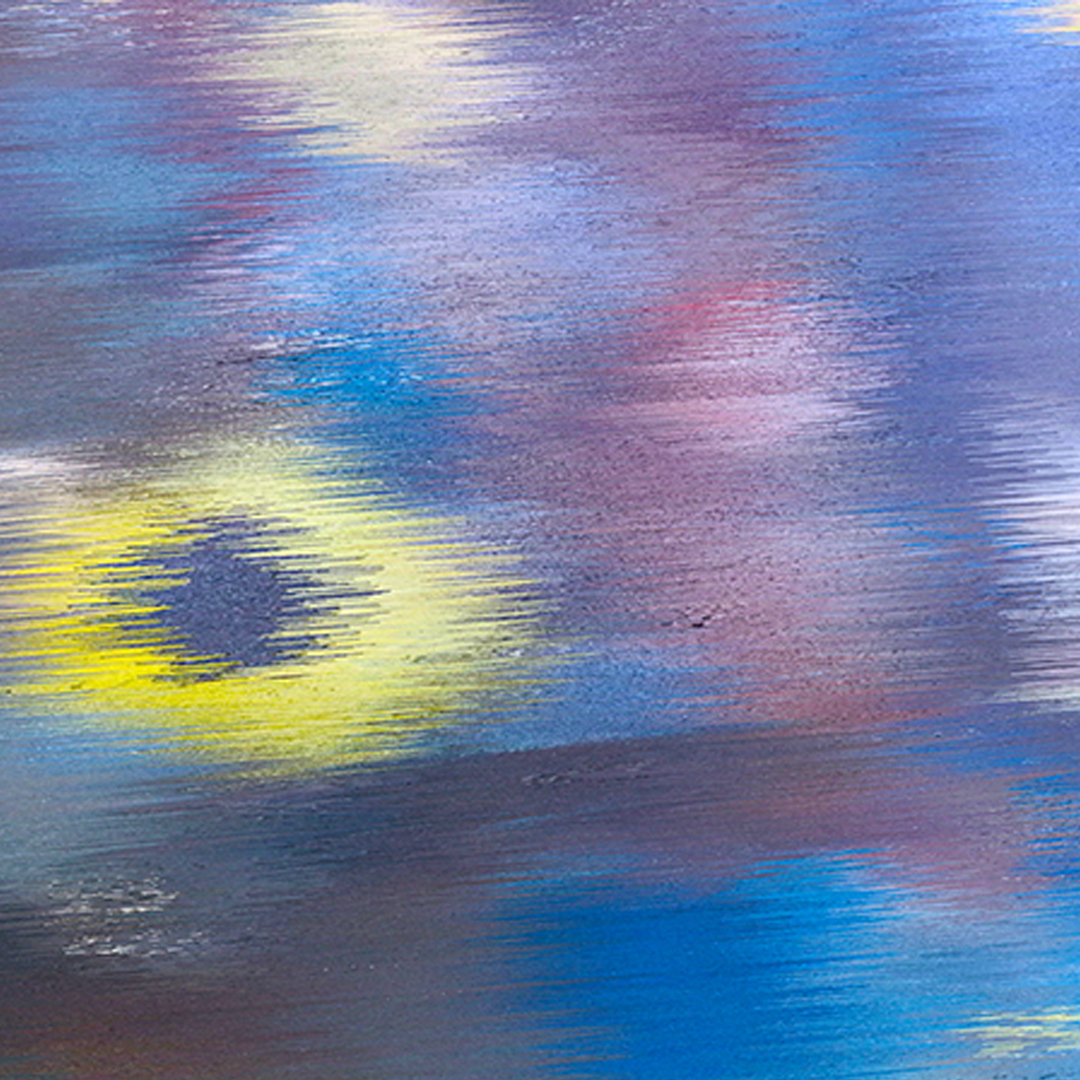The String Quartet #1 Project
Presented by Salamanca Arts Centre
This concert, performed by Ensemble Mania, is the third in the String Quartets # 1 Project (which was launched at Salamanca Arts Centre in August 2021).
Three Tasmanian String Quartets # 1
Saturday 26 August 2023
7.30pm – 9.00pm
Doors at 7pm
Peacock Theatre
Ensemble Mania comprise
Peter Tanfield | 1st violin
Josh Farner | 2nd violin
Damien Holloway | viola
James Anderson | cello

This concert program showcases the first string quartets by Tasmanian composers
Program
Simon Reade | String Quartet (Alba)
Marian Stankiewicz | Stanisław: String Quartet No. 1
Raffæle Marcellino | String Quartet No. 1
Program notes
Simon Reade – String Quartet (Alba)
Alba (Aubade)
Hyperion’s clear star is not yet risen.
Dawn brings a tenuous light across the earth,
The watcher to the sleeper cries, “Arise!”
Dawn over the dark sea brings on the sun;
She leans across the hilltop: see, the light!
Behold the ambush of the enemy
Stealing to take the heedless in their sleep,
And still the herald’s voice that cries “Arise!”
Dawn over the dark sea brings on the sun;
She leans across the hilltop: see, the light!
The North wind from Acturus now blows free,
The stars go into hiding in the sky,
And nearer to the sunrise swings the Plough.
Dawn over the dark sea brings on the sun;
She leans across the hilltop: see, the light!
(10th Century Manuscript,
English translation, Helen Waddell)
Marian Stankiewicz – Stanisław: String Quartet No. 1
Of the twelve works composed by Marian Stankiewicz in his short career, three are string quartets. The first of these is his 1974 quartet Stanisław, a name of Slavic origin that could be in reference to any number of people. The work is composed in four movements and employs some unique playing techniques and notation choices, particularly in the final movement which appears rhythmically freer with misaligned rhythmic values and very few barlines. (Program note by Dominic Flynn).
Raffæle Marcellino – String Quartet No. 1
This work was commissioned by Vincent Moleta for the 2003 Blackwood River Chamber Festival in West Australia, performed by Trigon Ensemble. The three movements are defined by their rhythmic style and temporal space. The musical premise for each movement can be described through the concepts of a:
1. dance, as a way of defining and traversing 2-dimensional space,
2. nocturne, with subtle lyricism as a proxy for moonlight and introspection, and
3. perpetuum mobile, of motoric iteration that defines space at the smallest dimension which invokes a larger continuum
Performers’ Biographies
Ensemble Mania was created with the goal to provide a unique listening experience in Tasmania, showcasing music that would otherwise not be heard on the island, while exemplifying the possibilities of a richer, more diverse music scene. This music includes the latest, most exciting composers, to the pillars of Australian modernism and lost masterpieces.
Born in England in 1961, Peter Tanfield started the violin aged four. He studied in Germany, Israel, Switzerland and Holland where his teachers were Igor Ozim, Felix Andrievski, Alberto Lysy, Herman Krebbers and Yehudi Menuhin. As soloist and chamber musician Tanfield has performed throughout Europe, China, Japan, India, Canada, the Middle East, Africa, USA and USSR. He was a prize-winner at The Carl Flesh International Competition, International Mozart Competition and International Bach Competition. He has recorded solo and chamber works for television and radio as well as CD. He has played for Chairman Deng Xiaoping in China and the Sultan of Oman. Tanfield led the Australian String Quartet from 1998 until 2001. As a soloist Tanfield has appeared with many orchestras; the Philharmonia, City of London Sinfonia, Scottish Chamber Orchestra, Southwest German Radio Symphony Orchestra, and the RAI National Symphony Orchestra in Rome. As concertmaster he has worked with the BBC Philharmonic, RAI National Symphony Orchestra, Southwest German Radio Symphony Orchestra, London Sinfonietta, and the Scottish Chamber Orchestra. He has performed with Astor Piazolla, Charlie Watts, Pinchas Zukerman, Yehudi Menuhin, Charles Wuorinen, Arvo Pärt, Graeme Koehne, Gary Carr, Carlo Maria Giulini, Mark Gasser and Itzhak Perlman.
Joshua Farner is from Hobart, Tasmania, and began playing the violin at the age of nine. Following completion of a Bachelor of Engineering with 1st class Honours, he was awarded a University of Tasmania String Scholarship and commenced a Bachelor of Music under the tutelage of Dr. Susan Collins. Josh has performed with the Tasmanian Discovery Orchestra and the Australian International Symphony Orchestra Institute (AISOI), and regularly performs as section leader and concertino player with the Hobart Chamber Orchestra. In 2018 Josh was awarded the D & MV McDonald Scholarship in Music from the University of Tasmania, allowing him to travel to London to study under renowned pedagogues Simon Fischer and David Takeno.
Damien Holloway studied viola in Hobart with Keith Crellin, Simon Oswell and Jan Sedivka, followed by postgraduate studies in Brisbane with Elizabeth Morgan. He played viola with the Queensland Symphony Orchestra, and was a founding member of Camerata of St Johns (Brisbane). He is principal viola of the Hobart Chamber Orchestra, and regularly fosters the performance of new music.
James Anderson is currently studying a Master of Teaching at the University of Tasmania, having completed his Bachelor of Music in 2018 studying under Sue-Ellen Paulsen. James has previously performed in the Tasmanian Symphony Orchestra, the Australian Youth Orchestra, the Australian International Symphony Orchestra Institute, the Jan Sedivka Camerata, and the Tasmanian Discovery Orchestra. In 2018 James worked with the ensemble Musik Fabrik in Cologne, while also spending time at the Royal Conservatory of Den Hague in the Netherlands.
Composers’ biographies
Simon Reade is a conductor, composer, educator, and trumpet player. He has filled commissions from the Tasmanian Youth Orchestra, the Festival of Voices (Tasmania), IHOS opera, the Hobart Chamber Orchestra, the Derwent Valley Band and the Tasmanian Composer’s Festival, amongst others. His music has been performed by such eminent performers as; Michael Kieran Harvey, Jabra Latham, Diego Campagna, Maurizio Barbetti, Duo Porto-Frontini, Luca Ferrini & Joze Kotar, Benjamin Price and Dr Matthew van Emmerik.

Marian Stankiewicz started his brief musical career at the age of fifteen by playing guitar with his father’s dance band. He enrolled at the Tasmanian Conservatorium of Music in 1972 to study classical guitar and composition, graduating with the degree of Bachelor of Arts in Music in 1976. After graduation, Stankiewicz taught classical guitar at the Tasmanian Conservatorium of Music and appeared in a number of concert performances. He died in 1977, at the age of twenty-five.
Raffaele’s music embraces Western art music tradition with eclectic influences from other musical traditions such as jazz and non-western music and folk traditions. He studied composition at the Sydney Conservatorium of Music, where his teachers included Richard Vella, Gillian Whitehead, Bozidar Kos and Richard Toop. Since graduation Raffaele has built a national and international profile as a composer in various genres of chamber music, orchestral music, opera, music theatre and radio works. He has been awarded various prizes and commissions, including an Australia Council Fellowship and the Lowin Prize for his work Canticle.
His music is available through the Australian Music Centre and Universal Music. He has written music for leading Australian and international artists and ensembles, including Ian Munro, The Seymour Group, the Song Company, Pipeline, Australia Ensemble, Halcyon, Sydney Philharmonia Choir and the Brandenburg Orchestra. Career highlights include a UNESCO-sponsored residency in Montreal with Nouvel Ensemble Moderne; the Melbourne Festival premiere of his opera Midnite; 10 Days on the Island premiere of The Flight of Les Darcy; Heart of Fire music for the 2000 broadcast for the Sydney Paralympics; L’Arte di Volare performed by the Tasmanian Sydney Orchestra Strings; the Art of Resonance concerto for tuba performed by Steve Rosse and the Sydney Symphony Orchestra; and the ISCM performance of Maze by Ensemble Modern.

This event is presented by Salamanca Arts Centre and supported by the Commonwealth Government’s Live Music Fund

Salamanca Art Centre’s 2022 programs are supported by the Commonwealth Government’s Office of the Arts via the RISE Fund.


